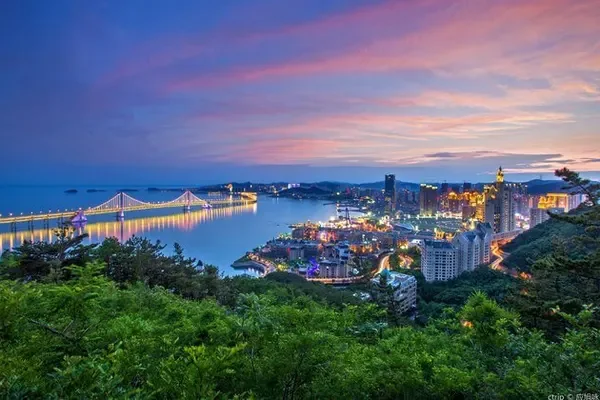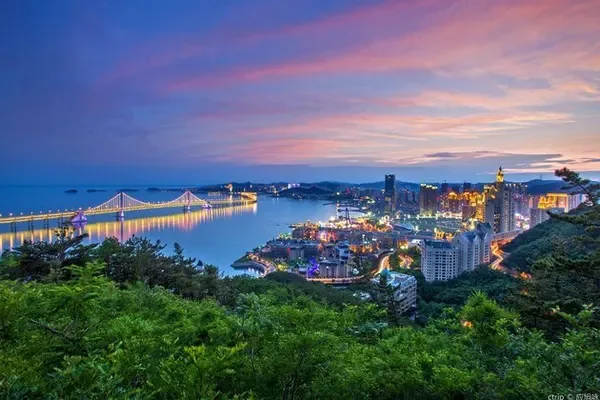introduce
Baiju Temple is located in the county seat of Gyantse County, Tibet. It was built in the early fifteenth century. It is a rare temple in Tibetan Buddhism where the Sakya, Kadam and Gelug sects coexist. With exquisite architecture and special religious Known for its value and well-preserved murals and statues. There is Baiju Pagoda in the temple. There are more than 100,000 Buddha statues painted in the pagoda, also known as Baiju Pagoda. It is a must-see when visiting Baiju Temple.
Baiju Temple is a typical Tibetan Buddhist temple building. There are pagodas in the temple and temples in the pagoda. The pagodas and temples are natural and complement each other. The temple has three sects side by side, each sect has 5-6 dratsangs, and there are 16 dratsangs in the temple, which makes the temple look grand.
Walking along the corridor, you will face the Tsochin Hall of the temple, in which the third Buddha is enshrined, and the East and West sides are the Pure Land Hall. In the northwest corner of the hall, there is a huge gilded bronze statue of Jampa Buddha, 8 meters high, which is said to be cast with 14,000 kilograms of brass. The pillars of the main hall are covered with colorful Hadas and historic thangkas, and the four walls are painted with exquisite Buddhist murals, which feel solemn and sacred. The main hall is divided into three floors. The third floor is the Buddhist hall called Shaye Lakang. The murals in the hall are quite famous. The contents include mandala, lotus caisson, stories about Buddha, and Jataka stories. If you are interested, you can take a look carefully. .
When visiting Baiju Temple, you must not miss the Hundred Thousand Buddha Pagoda on the west side of the temple. The pagoda has nine floors and is 32 meters high. There are 77 Buddhist halls, 108 doors, shrines and scripture halls. It is very spectacular and is a unique treasure in the history of Chinese architecture. There are Buddha statues painted on the walls of each hall. The Buddha statues are rich in color, strong in contrast, solemn and exquisite. It is said that there are more than 100,000 Buddha statues, so it is named Hundred Thousand Buddha Pagodas. In addition, there are more than a thousand clay, copper and gold Buddha statues in the tower, which can be called a museum of Buddha statues. Entering from the tower gate, you can watch it floor by floor along the stairs, and you can walk to the top of the tower from the ruins. The top is a circular platform overlooking the entire Baiju Temple.
In principle, it is not allowed to take pictures in Tibetan Buddhist temples, but you can take pictures in the 100,000 pagodas, but there is a fee of 10 yuan, which is actually quite cost-effective. In order to protect the ancient murals, it is recommended not to turn on the flash when taking pictures.
opening hours
09:00-19:00 all year round


